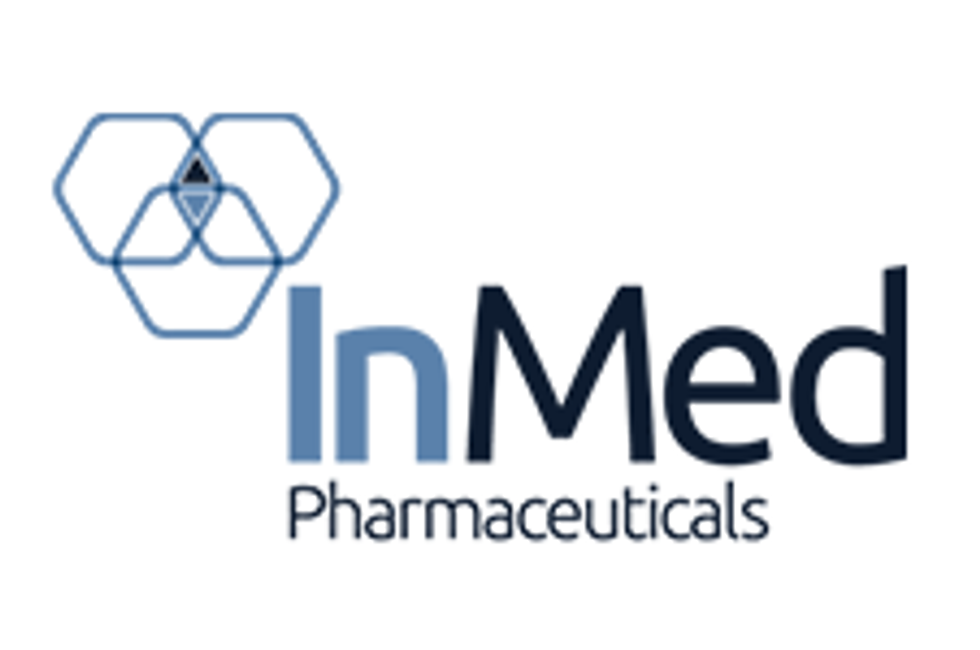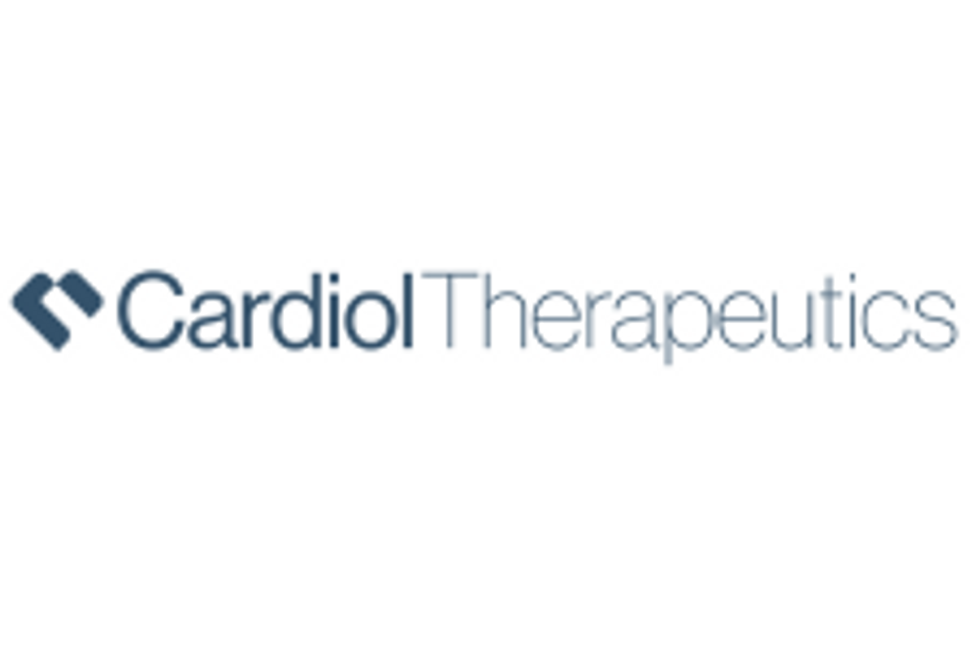
With Q3 behind us and Q4 already in full swing, the Investing News Network is providing a look at some of the biggest trends and takeaways in the pharmaceutical sector and what to look for moving forward.
Medical conferences are giving an opportunity for the pharmaceutical industry to pick up its pace with robust news released for investors and the medical community.
Similar to previous years, Q3 tends to have a slower pace for the pharmaceutical industry during the summer months that the quarter takes place over.
The Investing News Network (INN) spoke with GlobalData’s (LSE:DATA) senior editorial analyst Kelly Lambrinos, and editorial analyst Pratik Pangaonkar, to review highlights and big news from Q3, and what investors can expect for Q4.
“July tends to be slow after several companies have reported data in June,” Lambrinos said, adding companies often put out data before the end of the first half of the year. This, coupled with the beginning of the quarter, allows for a slower pace, she said.
A big chunk of companies also hold back data to share at medical conferences, such as the American Society of Clinical Oncology (ASCO) in June, which Pangaonkar said also contributed to the slower pace in July.
Pharmaceutical Q3 update: Major gains and losses
Regardless of the pace of the quarter, each new quarter seems to provide robust news for investors striking big gains and losses for an array of companies.
Reata Pharmaceuticals (NASDAQ:RETA) was among companies with positive news, which triggered a major share price increase of nearly 65 percent. The news was from the Phase 2 portion of the CARDINAL study testing its drug for a rare genetic kidney disease. The trial had statistically significant improvements in kidney function.
Next up, Teva Pharmaceutical (NYSE:TEVA) received US Food and Drug Administration (FDA) approval for its migraine treatment drug, Ajovy. The approval for the once-a-month injection led to an 11 percent share price increase for the US$1 billion-market cap company.
However, not all news is positive, and last quarter had its fair share of negative news linked with stock price losses. Lambrinos said Mersana Pharmaceutical’s (NASDAQ:MRSN) receiving a partial clinical trial hold was surprising, as the company had announced a safe and tolerable profile for the drug at ASCO.
The partial clinical hold for the Phase 1 trial was given after a patient’s death was deemed to be possibly drug-related; as a result, no new patient could be enrolled in the study. Mersana’s stock price dropped over 30 percent the same day of the partial clinical hold announcement.
The partial hold was lifted later in the quarter, the FDA and Mersana changed the protocol in the trial including increased monitoring for some patients.
TG Therapeutics (NASDAQ:TGTX) also faced a major share price loss, which was close to 45 percent. This was the day it announced the independent Data Safety Monitoring Board (DSMB) for its Phase 3 trial will not conduct an interim analysis of overall response rate (ORR) as the data isn’t mature enough. Based on the uncertainty of this meeting with the DSMB, TG won’t move forward with accelerated approval based on this ORR endpoint from the FDA.
Pharmaceutical Q3 update: Pricing makes headlines
Shockingly, high drug pricing isn’t new to making headlines, but a newer trend is the influx in pushback from payers.
“The pressure doesn’t seem that it will be easing anytime soon,” Lambrinos said. A few trends she said investors should look out for includes: outcome-based contracts, the biosimilars market, and orphan drug and rare disease drugs.
Outcome-based contracts have been increasingly popular to drive down prices, the contracts work by correlating the drug’s price with its performance, which could result in lower pricing if the drug doesn’t work well, Lambrinos explained.
The value-based reimbursement was treated as a major step for stakeholders, such as by the Centers for Medicare and Medicaid Services (CMS), when Novartis’s (NYSE:NVS) drug Kymriah was first approved in Q3 2017. This voluntary agreement allows for payment only when patients respond to the drug by the end of the first month, following of treatment.
In Q3 2018, CMS canceled its plan for this contract with the drug amid scrutiny from key players in the deal, including the Department of Health & Human Services and US President Donald Trump. The contract remains in effect with treatment centers.
“A really hot topic at the moment is a coordinated movement from the FDA trying to strengthen the biosimilars market,” Lambrinos said. “We see very few biosimilars on the market and they’re still not much cheaper than branded biologics.”
Johnson & Johnson (NYSE:JNJ) and Pfizer’s (NYSE:PFE) landmark case reflected this movement last quarter as Johnson & Johnson released a motion to dismiss Pfizer’s allegation of an antitrust injury. The court handling the motion denied Johnson & Johnson’s motion, allowing competition to continue for the biosimilar drugs each company is marketing respectively.
One space that has managed to escape the payers pricing pushback is the orphan and rare drug space, Lambrinos said. Spark Therapeutics’ (NASDAQ:ONCE) drug luxturna, a treatment for a rare eye disease, was priced at US$425,000 per eye in Q1 2018. Lambrinos said experts have told GlobalData this price is “justified in this niche group of patients.”
As for threats from technology giant Amazon (NASDAQ:AMZN) with its PillPack acquisition, and Intermountain Healthcare with other players to manufacture their own drugs for hospitals, “it will be a while until these approaches are shaped into anything meaningful.”
Pharmaceutical Q3 update: Regulatory development speeds additional approvals
Over the quarter, the FDA began implicating its real-time review of drug applications to evaluate clinical data as soon as the data is available — which is still just for oncology drugs.
“The FDA will start analyzing data from when the trial data becomes available,” Lambrinos said. “Three drugs have had expanded label approval since this was implemented.”
The rapid approval means the drug could be approved as soon as the application is submitted. Novartis’ drug Kisqali, originally approved in 2017, had its expanded approval given less than a month after the late-June submission date. Though the approval was expected, the new timing is months ahead of the standard review time goal of six to 10 months.
The same approach went for Merck’s (NYSE:MRK) Keytruda, for its non-small cell lung cancer (NSCLC) expanded indication approval. Previously, Keytruda received a conditional approval, but Merck has now received full approval in combination with chemotherapy for the indication.
Pharmaceutical Q4 outlook: What to look forward to
Similar to INN’s biotech Q3 update, medical conferences will also be leading the way with exciting news over Q4, which may trigger share price changes for companies. The European Society for Medical Oncology (ESMO), The American Society of Hematology (ASH) conference and The American College of Rheumatology (ACR) conferences are some investors should have on their radar.
Data readout is some of the most anticipated news from medical conferences.
Lambrino and Pangaonkar rounded up some of the top companies to look out for at conferences this quarter. Adaptimmune Therapeutics (NASDAQ:ADAP) will present a late-breaking abstract with data from the two ongoing MAGE-A10 studies for triple tumor and lung at ESMO.
Clovis Oncology (NASDAQ:CLVS) will join in presenting at ESMO to share initial data from its Triton2 clinical study. This data has already helped in scoring the company breakthrough therapy designation from the FDA for the treatment of a genetic-specific prostate cancer.
Pangaonkar said bluebird bio (NASDAQ:BLUE) will present data from four clinical trials at ASH. Three will be for LentiGlobin and drug close to approval in the European Union. The other will be for bluebird’s candidate bb21217 in myeloma, positive data is expected, said Pangaonkar.
Medical conference aside, Aurinia Pharmaceuticals (NASDAQ:AUPH,TSX:AUP) initiated its Phase 2 trial to test its drug voclosporin versus the current standard of care Restasis in the treatment of dry eye syndrome over Q3. As reported in its Q2 2018 financial results, the company plans to release data from the trial as early as Q4 2018 or early 2019.
Clearside Biomedical (NASDAQ:CLSD) also plans to report topline results in Q4 2018 from its Phase 3 Sapphire clinical trial for a rare eye disease, macular edema associated with non-infectious uveitis. The trial just finished patient enrollment over Q3.
Investor takeaway
With an abundance of news from Q3 and a highly anticipated outlook for Q4, the pharmaceutical industry leads the way for even more news and events for investors..
Along with the robust news to look forward to at medical conferences this quarter, investors can also watch out for news on other clinical trial data readouts and regulatory activity in regards to pricing, expanded approvals and more.
As noted in INN’s top pharmaceuticals ETFs, the Invesco Dynamic Pharmaceuticals ETF (NYSEARCA:PJP) increased in value close to nine percent over Q3. Along with the Dow Jones Industrial Average (INDEXDJX:DJI), the pharma industry had a dip early Q4 but already shows signs of an upturn.
Don’t forget to follow @INN_LifeScience for real-time updates!
Securities Disclosure: I, Gabrielle Lakusta, hold no direct investment interest in any company mentioned in this article.
Editorial Disclosure: The Investing News Network does not guarantee the accuracy or thoroughness of the information reported in the interviews it conducts. The opinions expressed in these interviews do not reflect the opinions of the Investing News Network and do not constitute investment advice. All readers are encouraged to perform their own due diligence.


